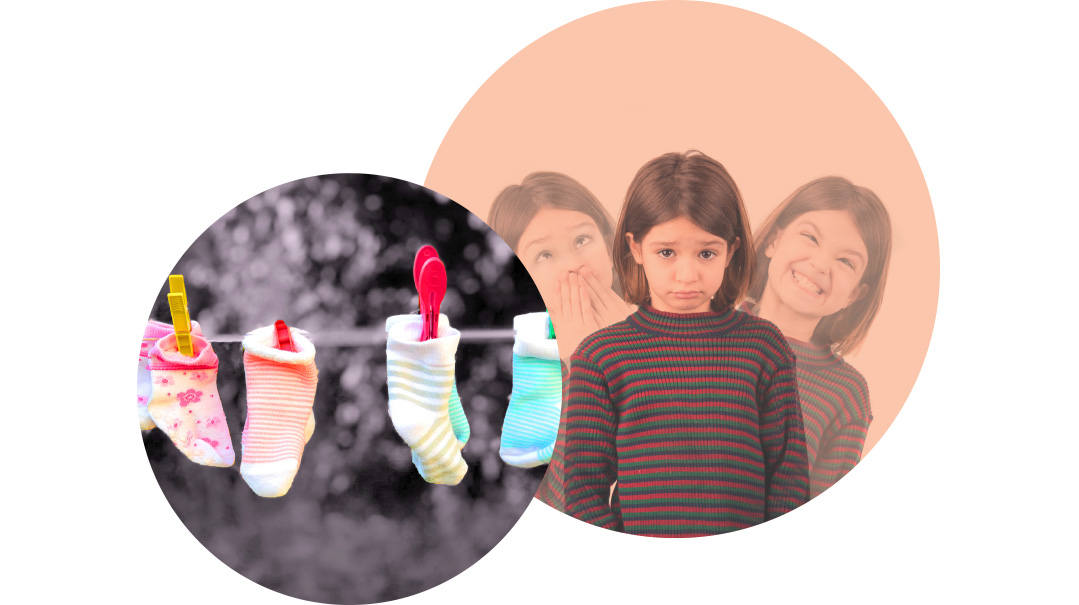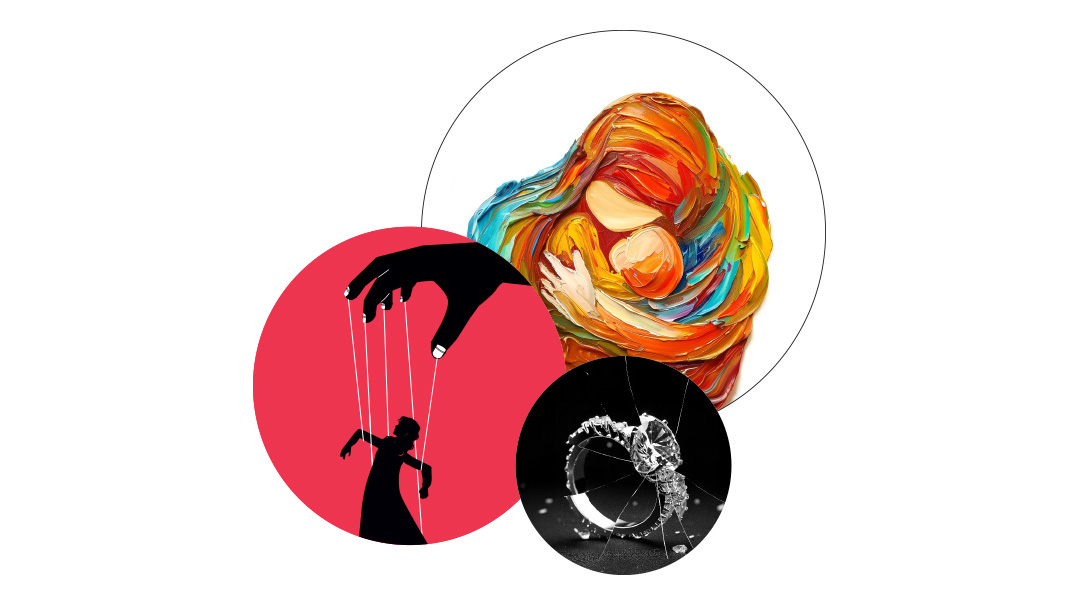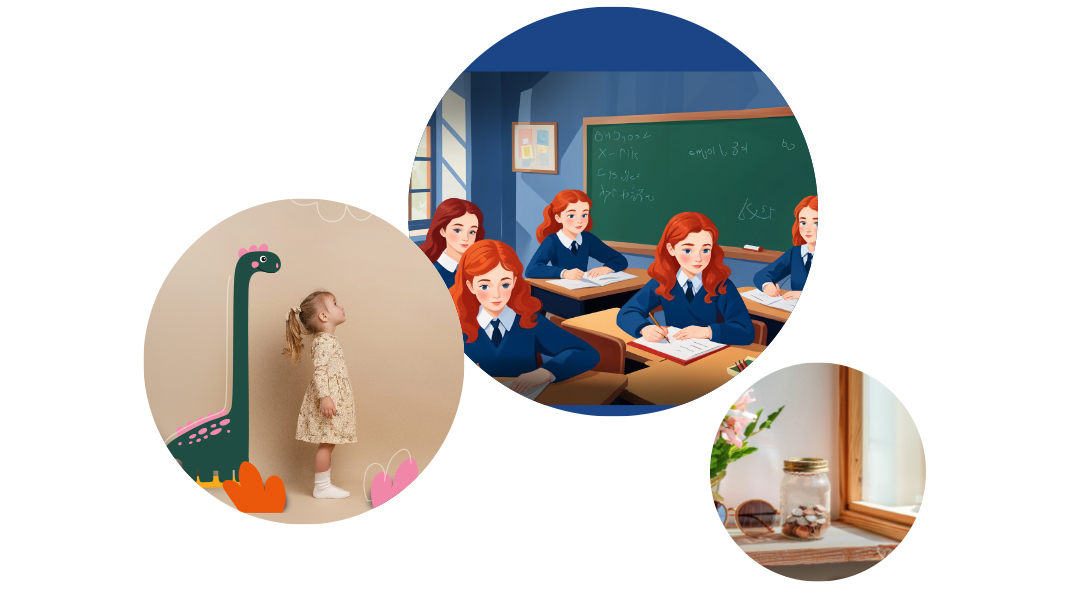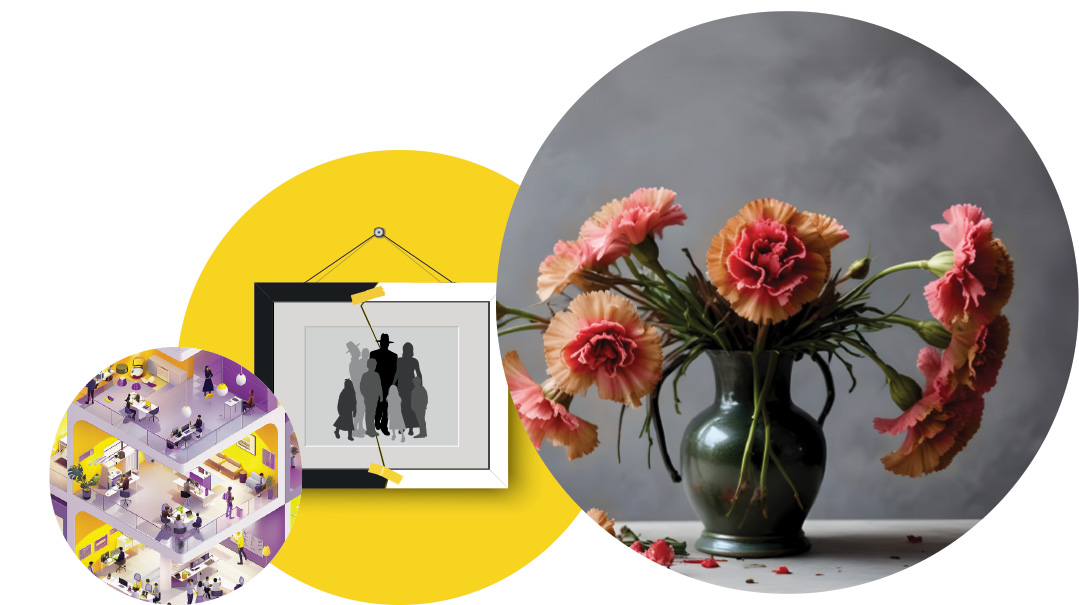Family First Inbox: Issue 802

“Seminary is not breeding grounds for dysfunction. It is actually a very ideal place to take the first timid steps into adulthood”

Part of Growing Up [Inbox / Issue 801]
I’m writing in response to the letter writer who suffered from limerence, love addiction, in seminary, and who questioned why seminary became so mainstream, asking if we “contemplated the unspeakable dangers inherent within the framework of the seminary experience.”
A girl going to seminary is 18 years old. Though not full-fledged adult, she has approached the stage of adulthood. She is ready to embark on marriage and on the building of her own home. The writer suggests sending her away from her family to live in a dorm full of girls is a dangerous experience.
In truth, seminary does not provide a totally cloistered environment. That is the very nature of the success of this institution. The object of seminary is to take girls from their homes, from their lifestyles, habits, and computer screens, and put them in a safe environment where they can redefine what they want their future to look like and flex some independence.
Seminary is not breeding grounds for dysfunction. It is actually a very ideal place to take the first timid steps into adulthood. Speak to any seminary girl and you will hear of the hand holding. The heavy supervision, from eim bayits, to curfews, to a gamut of rules of dos and don’ts. If there is dysfunction, then it will rear its head during the seminary year. But that is the natural course of growing up. These same problems will come out during college, working, and definitely marriage. This is not a problem of seminary. It’s hard, and it hurts, but it’s called growing up.
Is seminary for every single girl? Of course not. Is it “doomed to fail”? Far from it. If there is anything that will make girls excited about building the next generation of ovdei Hashem, then we do all we can to encourage it. Granted, there is more independence offered to seminary girls than their school days offered. But that is adulthood. Because yes, at this stage, the future is in their hands, a very risky predicament indeed.
C.L.L.
Healing from Addiction [Inbox/ Issue 801]
The Inbox has lately featured several letters about love addiction, with letter writers sharing about the therapy, support groups, or 12-Step programs that helped them. I would love more information about support groups or resources for anyone recovering from limerence.
I can be contacted through Family First.
Name Withheld
Hope for Tics [What Made Me Tick / Issue 800]
I read with interest your article on tics, hoping to hear that the author found a relief, like I did for my children. The help came from one of your own writers!
I wanted to share a resource for parents whose child is experiencing, and that is Sarah Chana Radcliffe’s excellent book No More Tics! I have used Radcliffe’s treatment with my own seven-year-old who was suffering with a chronic eye-blinking tic for several years and found that it immediately and completely solved the problem. I’ve shared the book with friends who’ve reported similar outstanding results with their own children. I know it won’t help everyone, but because the treatment is far easier and side-effect free than those covered in your article, I thought that your readers should at least know that safe, “try this first” types of alternative strategies do exist that may help their own children.
A mother’s report from the trenches
Don’t Minimize PANDAS [What Made Me Tick / Issue 800]
I was very perturbed by your article on tics, which portrayed PANDAS in a very unrealistic manner. While a doctor weighed in on the illness, she obviously didn’t know much about it. Among other misguided information, she lists chemotherapy as a treatment option for PANDAS. I’m a nurse practitioner in hematology and oncology and I run a chemo suite. I also recently became extremely knowledgeable about PANDAS due to having a child diagnosed with it. Nobody is giving chemo for PANDAS.
PANDAS is an autoimmune response in which the body attacks the basal ganglia of the brain, because it mistakes those cells for strep. The child can become unrecognizable overnight, displaying violent, aggression, separation anxiety, incontinence, insomnia, obsessions, etc. The list can go on and on — and yes, tics are a very minor problem on the list.
This article shared one person’s experience, and she was extremely fortunate to have been diagnosed and treated by her doctor right away. Everyone with children who have PANDAS knows what a nightmare it is, because many doctors don’t believe in it, and it can take years to get a diagnosis.
I am so disappointed with how you depicted this illness. Children who are suffering from tics related to PANDAS are actually experiencing brain inflammation, which must be addressed, or it can cause irreversible damage.
The medical community in the US is very behind, with some doctors who still don’t believe in PANDAS, and this article may have reinforced their beliefs. Europe is much more advanced in PANDAS research.
Yocheved Brazil NP-C, Five Towns
Mindel Kassorla responds:
Thank you for your letter, which gives further understanding of the illness known as PANDAS. Having a child with this illness can involve a long, difficult process of challenges and treatment. It was certainly not my intention in this article to invalidate any of that difficulty or deny the existence of PANDAS.
The purpose of this article was to give insight specifically to the challenge of tics. In Noa’s case, her doctor diagnosed her with PANDAS. The focus, however, was not the diagnosis or the treatment, but rather the traumatic effects of tics on a child’s education and upbringing. Noa is a strong, resilient girl who came to a greater understanding of herself through her challenge.
The information provided by the physician brought attention to the fact that tics can be treated in a variety of ways. She also points out that overlooking a psychological element (even in a case of PANDAS), and treating an illness through medication alone is very limiting. There are many conditions that affect academic or social performance and can be treated by a combination of medication and psychotherapy — from ADHD to jaw pain to depression.
It is my hope that this article gives parents, teachers, and friends of children with tics a greater understanding of the challenges tics present, as well as the wide range of possibilities for how they can be treated — each individual case accordingly.
On the EDS Journey [Medical Mystery / Issue 799]
Wow, what validation it was to read about a fellow EDS-er’s life!
I wanted to let readers know that there is a comorbid condition called mast cell activation syndrome (MCAS), which affects around 70 percent of people with EDS. It is responsible for gastric, POTS, and allergy like symptoms, even joint pain.
Mast cells are immune cells that are stored in connective tissue, and when that connective tissue is stretched out, the mast cells are constantly exposed and readily attack any perceived threat to the body. They release many mediators, among them histamine, which causes swelling all over.
The test to see if you have it is a specialized 24-hour urine methylhistamine test, and if found it can be treated with antihistamines and mast cell blockers bringing many symptoms under control.
Wishing much hatzlachah to all those on this journey looking for answers. Keep fighting and believe in yourself even when the doctors don’t!
Chaya
We Should Be Turning to Torah [Issue 799 /Family Connections]
Mrs. Radcliffe:
I always read your column for the expert advice, based on your extensive training and experience. However, your recent response to the young wife who was disturbed by her husband’s dissemination of less-than-flattering stories and images of her left me shaking my head in consternation.
In your first paragraph, you mention — and dismiss — the idea of appealing to hilchos shemiras halashon as the basis of resolving this problem. To “sit down with your rav” is not the only way to introduce the halachos that bar this type of “sharing.” If the couple are shomrei Torah u’mitzvos in all other areas, why should this be relegated to “focus on feelings” regarding their marriage? Torah teaches us how to build the best feelings into any relationship, and the “definitions of... privacy” are based on Torah and not on one’s “preferences,” as you seem to advocate.
Instead of making it confrontational by going to a rav and proving one of the partners “right,” perhaps the woman could approach her husband and say she is experiencing some confusion about shemiras halashon because of conversations at work and suggest learning together to help her clarify how she should react. Using the lesson-a-day format, they would soon be discussing scenarios similar to their own, but at a distance, which would eliminate the adversarial aspect you advised her to avoid. Alternatively, appealing to his superior knowledge of halachah could also have him looking up the necessary response, without it being about his own actions, but about general halachah. Hopefully, as an erlich Jew, he would soon apply this to his own actions and words.
What of the bayis ne’eman they are establishing? Ne’emanus means their first loyalty is to each other, to defend the other’s feelings and honor to the outside world (and everyone besides the couple is, by definition, outside). Surely he was taught “mechabdah yoseir mi’gufo,” that a man must accord more honor to his wife than he expects for himself. Again, appealing to her feelings of being “uncomfortable and embarrassed” can only be assured of positive results if one approaches this (delicately) within the framework of halachah.
Otherwise, the husband may treat it as a matter of the young woman’s inability “to get over [her] privacy issues,” as if her feelings were simply a trivial part of her personal makeup. It is, rather, a matter of the innate sensitivity a Jewish woman has to tzniyus, to ne’emanus, to proper speech.
To couch this in terms of “issues” disrespects the couple as shomrei Torah who want to do the right thing. Would anyone advise a non-halachic “feeling” approach to mistakes in the use of a blech on Shabbos? To questions of ribbis in business dealings?
Of course, personal interactions, especially in marriage, are fraught with danger if approached confrontationally, but baruch Hashem, we have halachos governing these interactions. The dismissive tone of your first paragraph and your advice to “keep it all about you” does this young couple a tremendous disservice in their aim of building a bayis ne’eman and integrating Torah values as the foundation of their (future) family.
Chasya Bernstein
Sarah Chana Radcliffe responds:
I love your idea of presenting the issue through studying a text together — that’s one of my favorite strategies for addressing all sorts of issues within the family. This strategy provides education in a nonthreatening way. And of course you are right that sensitivity and kindness rather than confrontation are always the way to go in marriage. I do believe you misunderstood me a bit when suggesting that I dismissed the idea of consulting a rav — it was the first thing I wrote and the article could have ended right there.
But the truth is that the letter writer has already raised the issue with her husband, who has not, of his own volition, shown consideration, sensitivity, or kindness to his wife. I don’t think that books help this sort of person, as the flaw is fairly deep. An in-person consultation with a rav would be more impactful but again, a person who is that hard-hearted might feel “forced” rather than enlightened into more appropriate behavior. Torah guidance is obviously the foundation of a Torah home, but a man who speaks lashon hara about other people’s wives and exposes his own wife against her will is in need of emotional guidance as well. It’s quite possible that he knows the halachah but doesn’t consider it to be important to apply at home. As the emotional-relational problem is quite serious in this scenario, I do suggest that the wife approaches the issue emotionally and psychologically, even suggesting that couples’ counseling might be an option.
For Those Waiting [Seven Good Years / Issue 796]
I read the story “Seven Good Years,” about a woman’s struggles with infertility, with much emotion. I couldn’t believe that she waited for years to finally give birth only to lose her triplets! Such agony and anguish is too painful to bear, yet she faced this with unbelievable strength and emunah.
The fact that she had a group setting with women who also went through this was a special gift. I wanted to share that there is a group of women who daven for couples who are waiting to have children. Each person takes on one perek to say once a week. If anyone would like to join, they can email tefillahbachdus@gmail.com.
May we all be zocheh to the gift of children easily, in good health!
Name Withheld
(Originally featured in Family First, Issue 802)
Oops! We could not locate your form.







